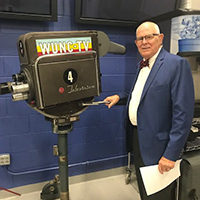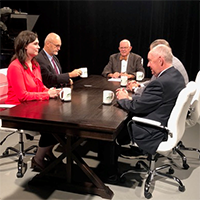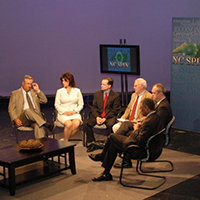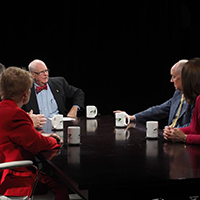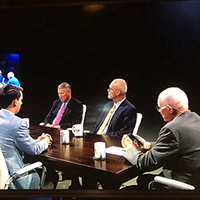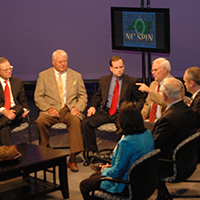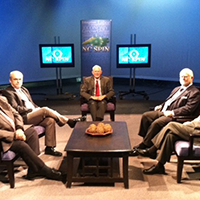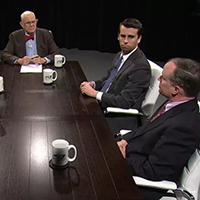President Obama is seeking $75 million in federal money to equip 50,000 officers with body cameras. The Charlotte-Mecklenburg Police Department is poised to provide them to 200 officers and hopes all 1,900 officers will eventually be using them. Other cities in the Carolinas and across the country plan to make the cameras standard gear.
Critics say the body cameras won’t necessarily prevent the next Ferguson. Just look at the Eric Garner case in New York, they say: Officer Daniel Pantaleo’s chokehold was caught on film and still the grand jury did not indict.
That’s true, but it’s illogical to suggest that because a new initiative isn’t a panacea it isn’t worth doing. Research on dashboard cameras and early research on body cameras – along with common sense – suggest that police and suspects alike generally behave better when they know they’re being recorded.
Even so, strapping the cameras on officers is merely the beginning. Police, cities and states must establish key policies to govern their effective use. A tool designed to increase transparency, accountability and community trust will do just the opposite if not handled appropriately.
Key procedures CMPD and other police departments in the Carolinas should consider:
• When the cameras are turned on. Police departments must have clear policies governing when the devices should be used and must punish officers who violate those policies. An Albuquerque officer didn’t have his camera filming when he shot and killed a 19-year-old woman in April. A New Orleans officer had her camera off when she shot a motorist in the forehead last summer. A Daytona Beach, Fla., officer turned his camera off at crucial times and was forced to resign. Such selective filming breeds mistrust. Officers must not have discretion as to when to turn the cameras on and off. They should be on throughout any interaction with the public.
• Whether the videos are public record. Police organizations tout the cameras as an effective tool for increasing transparency and civilians’ trust of officers. They will do nothing toward those ends, however, if police are the only ones who can see the videos. On the contrary, keeping the videos secret or picking and choosing which to release will prompt suspicion that police have something to hide. Calls made to 911 operators are public record; the legislature should make body-cam videos public too.
• What happens to the videos. Police will need to determine how long to archive the videos and how to control access to them. Routine video should be kept for a few years; video evidence in a case should be kept indefinitely. And the integrity of the video should be protected; officers should not be allowed to edit it.
Body cameras can be an effective response to recent controversial police actions – if they’re used in a way that builds trust.
http://www.charlotteobserver.com/2014/12/08/v-print/5372011/police-be-candid-with-new-cameras.html
